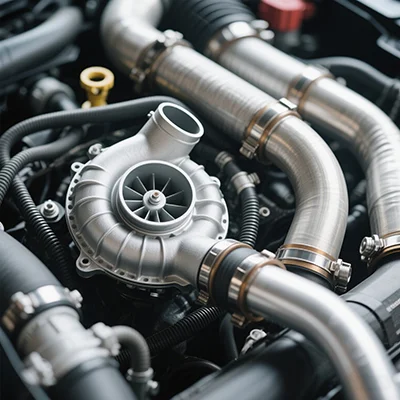When it comes to printing technology, the market is flooded with various options, each designed to cater to specific needs. Among these, LaserJet printers have carved a niche for themselves, particularly in office environments where speed and efficiency are paramount. However, a common question arises: Do LaserJet printers use ink cartridges? To answer this, we must delve into the mechanics of LaserJet technology, the types of consumables they utilize, and how they differ from traditional inkjet printers.
The Mechanics of LaserJet Printing
LaserJet printers operate on a fundamentally different principle compared to inkjet printers. While inkjet printers spray tiny droplets of liquid ink onto paper, LaserJet printers use a laser beam to create an electrostatic image on a rotating drum. This drum is coated with a fine layer of toner, which is a dry powder made primarily of plastic particles, carbon black, and coloring agents.
When the laser beam hits the drum, it alters the electrical charge of the areas it touches, allowing the toner to adhere only to those specific spots. The toner is then transferred to the paper and fused onto it using heat and pressure. This process results in sharp, high-quality prints that are typically smudge-resistant and dry immediately.
The Role of Toner Cartridges
Given the above mechanics, it is clear that LaserJet printers do not use ink cartridges in the traditional sense. Instead, they utilize toner cartridges. These cartridges contain the dry toner powder essential for the printing process. Toner cartridges come in various sizes and capacities, allowing users to choose based on their printing volume and frequency.
Toner cartridges are designed to last significantly longer than ink cartridges, often yielding thousands of pages before needing replacement. This longevity makes LaserJet printers particularly cost-effective for businesses that require high-volume printing. Additionally, many manufacturers offer high-yield toner cartridges, which can further reduce the cost per page.
Comparing Inkjet and LaserJet Printers
To fully understand the distinction between ink cartridges and toner cartridges, it’s beneficial to compare the two printing technologies:
- Print Quality: LaserJet printers excel in producing sharp text and graphics, making them ideal for professional documents. Inkjet printers, while capable of producing high-quality images, may not match the precision of LaserJet prints for text-heavy documents.
- Speed: LaserJet printers are generally faster than inkjet printers, especially when printing large volumes. They can produce multiple pages per minute, which is crucial in busy office settings.
- Cost Efficiency: While the initial investment for a LaserJet printer may be higher than that of an inkjet printer, the cost per page is typically lower due to the longevity of toner cartridges. This makes LaserJet printers a more economical choice for businesses.
- Maintenance: LaserJet printers require less frequent maintenance compared to inkjet printers, which often need regular cleaning to prevent clogs in the print head. This reliability is a significant advantage for users who prioritize uptime.
Environmental Considerations
Another aspect to consider is the environmental impact of both types of printers. Toner cartridges can be recycled, and many manufacturers have established take-back programs to encourage responsible disposal. In contrast, ink cartridges can also be recycled, but the process is less standardized, leading to more waste in some cases.
Conclusion
In summary, LaserJet printers do not use ink cartridges; they rely on toner cartridges filled with dry powder. This distinction is crucial for understanding the operational differences between LaserJet and inkjet printers. For businesses and individuals who prioritize speed, efficiency, and print quality, LaserJet printers present a compelling option. As technology continues to evolve, staying informed about these differences can help consumers make educated decisions that best suit their printing needs.
